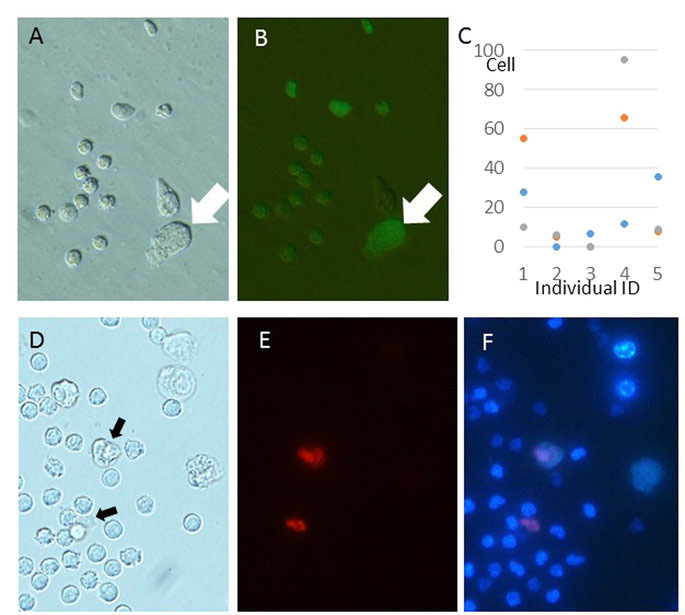Research Abstract
尿由来細胞からのクローンマウス作製および核移植胚性幹細胞株の樹立
Generation of cloned mice and nuclear transfer embryonic stem cell lines from urine-derived cells
2016年4月1日 Scientific Reports 6 : 23808 doi: 10.1038/srep23808

核移植によるクローン動物の作製は、哺乳類の絶滅危惧種を存続させる機会になる。しかし、動物の体からドナー細胞を採取する際には、偶発的に動物を傷害したり、死亡させたりするリスクが伴う。今回我々は、非侵襲的に採取した尿由来細胞からクローンマウスを作製したことを報告する。尿由来細胞の大部分は生存しており、前処理なしで核移植のためのドナー細胞として利用することができた。核移植後、再構築胚の38-77%は桑実胚/胚盤胞に発生し、その段階での内部細胞塊および栄養外胚葉の細胞数は対照と同程度であった。レシピエント雌マウスに移入されたクローン胚から、雄および雌のクローンマウスが生まれ、これらのクローンマウスは成体になり、互いの交配により自然に仔が生まれた。この結果から、これらのクローンマウスは正常な繁殖能力を有していると考えられた。さらなる実験で、近交系マウスやF1ハイブリッドマウスを含む4系統のマウス由来の108個のクローン胚盤胞から、核移植胚性幹細胞株が26株樹立された。これは比較的高い細胞株樹立率である。従って、動物を傷つけることなく、非侵襲的に採取できる尿由来細胞は、核移植により、哺乳類の絶滅危惧種の救済に利用できるかもしれない。
Corresponding Authors
Cloning animals by nuclear transfer provides the opportunity to preserve endangered mammalian species. However, there are risks associated with the collection of donor cells from the body such as accidental injury to or death of the animal. Here, we report the production of cloned mice from urine-derived cells collected noninvasively. Most of the urine-derived cells survived and were available as donors for nuclear transfer without any pretreatment. After nuclear transfer, 38–77% of the reconstructed embryos developed to the morula/blastocyst, in which the cell numbers in the inner cell mass and trophectoderm were similar to those of controls. Male and female cloned mice were delivered from cloned embryos transferred to recipient females, and these cloned animals grew to adulthood and delivered pups naturally when mated with each other. The results suggest that these cloned mice had normal fertility. In additional experiments, 26 nuclear transfer embryonic stem cell lines were established from 108 cloned blastocysts derived from four mouse strains including inbreds and F1 hybrids with relatively high success rates. Thus, cells derived from urine, which can be collected noninvasively, may be used in the rescue of endangered mammalian species by using nuclear transfer without causing injury to the animal.

